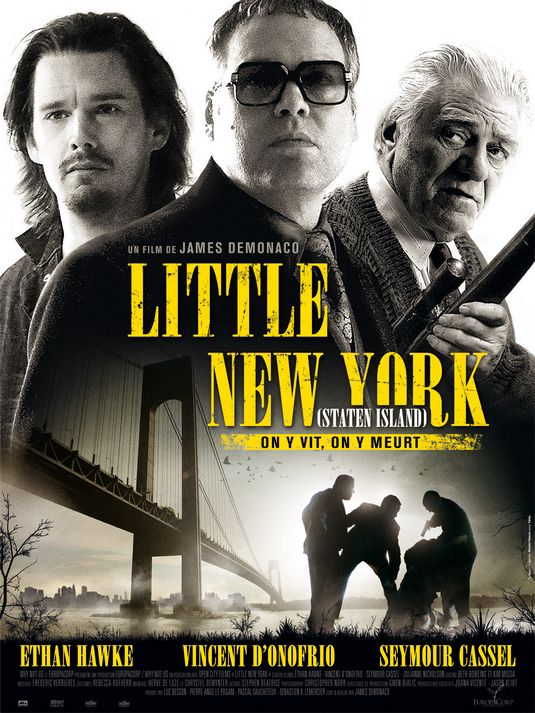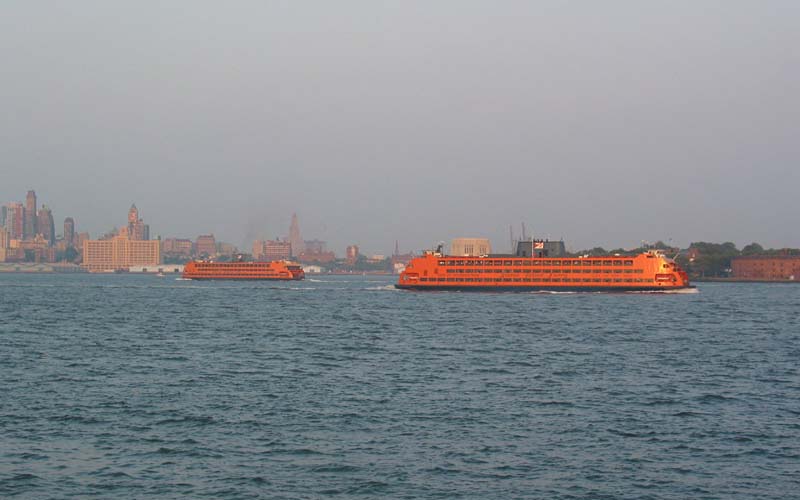

Investments include science, habitat protection and restoration and partnerships.
STATEN ISLAND SEQUENCHER PLUS
Since the acquisition of Staten Island, the Conservancy has invested $27 million at Staten Island plus other conservation work in the Delta and the Cosumnes River Preserve to benefit cranes and other migratory waterfowl. Conservation Investments in the Central ValleyĮnhancing wildlife friendly farming practices and habitat in the larger Delta landscape is essential to maintaining these populations. Staten Island shows that crops - widely grown in the Delta - can benefit both farmers and birds.

Important crops are corn, triticale, potatoes, alfalfa, and irrigated pasture.ĭiverse crop management is being used to demonstrate the potential for enhanced foraging habitat for cranes and other wildlife, while improving the diversity and viability of the farming operation. With thousands of acres of crops in production annually, Staten Island’s assortment of crops provides both foraging and roosting habitat across the fall and winter seasons for wintering cranes. Staten supports significant numbers of other migratory waterfowl and shorebirds, as well as a variety of wildlife throughout the year. Sandhill Cranes are the primary conservation focus on the Island – 15 percent of all Greater Sandhill Cranes in the Central Valley winter on Staten, and more than half of Greater and Lesser Sandhill Cranes in the North Delta winter on Staten. As such, Staten Island provides crucial habitat for cranes. Significant losses of small grain crops (cranes’ preferred foraging habitat) in the Delta region due to development and conversion of traditional agricultural land to orchards and vineyards is a continuing challenge.

Staten Island has been a wintering destination for Sandhill Cranes moving along the Pacific Flyway for more than 40 years.

Located in the heart of the Sacramento-San Joaquin River Delta, Staten is 9,200 acres located between the North and South Forks of the Mokelumne River.


 0 kommentar(er)
0 kommentar(er)
